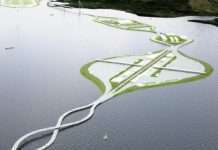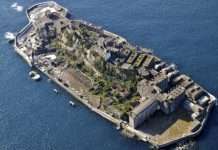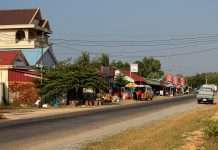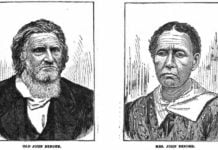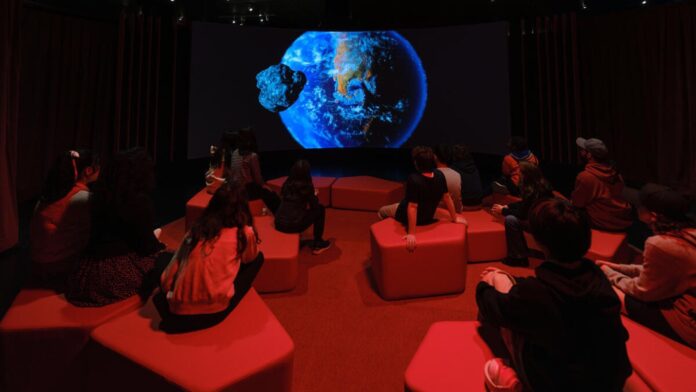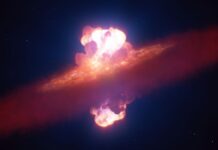NEW YORK — A catastrophic asteroid strike 66 million years ago wiped out the non-avian dinosaurs and reshaped life on Earth. Now, the American Museum of Natural History (AMNH) in New York City is unveiling “Impact,” a groundbreaking exhibit that immerses visitors in the science behind this planet-altering event. The exhibit doesn’t just show what happened, but how scientists pieced together the story over centuries, revealing a violent end to the Cretaceous period.
A Cataclysmic Blow
On an ordinary spring day, an asteroid roughly the size of Mount Everest slammed into what is now the Yucatán Peninsula. The force of the impact — equivalent to 10 billion atomic bombs — instantly incinerated nearby forests, sending temperatures soaring to 500 degrees Fahrenheit. Some animals, including large dinosaurs, perished in the immediate blast, while others sought refuge underground or underwater. But the initial destruction was only the beginning.
The impact ejected a massive cloud of ash and dust into the atmosphere, shrouding the planet in darkness and triggering a global winter. Glass beads rained down as far away as Wyoming, while landslides, earthquakes, and tsunamis rippled across the globe. This wasn’t just a local disaster; it was a planetary upheaval.
Unraveling the Mystery
The story of the asteroid strike wasn’t solved overnight. For centuries, geologists noticed a dark layer of clay in the sedimentary rock record — the K-Pg boundary — marking the point where dinosaur fossils abruptly disappeared. But the cause remained unknown until the 1980s, when scientists Walter and Louis Alvarez discovered an unusually high concentration of iridium — an element rare on Earth but abundant in space rocks — within this layer.
This discovery challenged the prevailing scientific theory of gradualism, which held that geological and evolutionary changes occur slowly over vast periods. The asteroid strike proved that catastrophic events could reshape life on Earth in an instant.
A Multidisciplinary Effort
Piecing together the full story required decades of collaboration between experts from diverse fields. Meteorite specialists identified the impact site as the Chicxulub crater in Mexico. Invertebrate paleontologists uncovered evidence of widespread ocean acidification based on the mass deaths of microscopic creatures called foraminifera. Evolutionary biologists and paleobotanists documented the slow recovery of life through the fossil record.
As Denton Ebel, a meteorite expert at AMNH, put it, “It’s been a tremendous coalescence of ideas.”
The Exhibit Experience
The “Impact” exhibit takes visitors on a chronological journey through the event. First, they encounter immersive panoramas depicting life at the end of the Cretaceous period, with mosasaurs hunting plesiosaurs in the oceans and triceratops roaming prehistoric forests.
Next, a short film details the immediate devastation caused by the asteroid strike. Finally, the exhibit highlights the aftermath, showing how life slowly recovered and how new organisms, like mammals, filled the ecological niches left by the dinosaurs’ extinction.
A Warning for the Future
Ultimately, AMNH curator Roger Benson hopes visitors leave with a sense of both life’s fragility and its resilience. The exhibit serves as a stark reminder that catastrophic events can reshape the planet, and that humanity is currently driving another mass extinction.
“We live on a changing planet,” Benson said. “Rates of species extinction over the last 100 years may be comparable to those that occurred during mass extinction events of the past. But we still have time.”
The “Impact” exhibit opened to the public on November 17, offering a chilling glimpse into Earth’s past and a sobering warning about its future














